History of using ceramics
Ceramics are among the first materials made by humans. In ancient times, humans were mixed with ceramics through pottery.
whose raw materials were based on clay and other mineral additives.
Components of ceramics and the type of bonding in them
Ceramic materials are quartz stone bricks combinations of metallic and non metallic materials. It can be said that ceramic is a material whose main component is non-metallic and inorganic.
Industrial ceramics are often crystalline and their crystal structure is generally more complex than simple metal structures. Bonds in ceramics are variable.
they may have ionic, covalent or mixed ionic-covalent properties. Covalent bonds are stronger than ionic bonds and are directional. A logical consequence of this link is that ceramics.
have a high melting point. This type of bonding together with the complex crystal structure makes ceramics fragile but strong.
The properties of ceramics are caused by the bond between them, so a wide range of properties can be seen in ceramic materials.
For example, besides the fact that ceramics are mainly known as insulating and dielectric materials, ceramic oxides based on are among very strong superconductors.
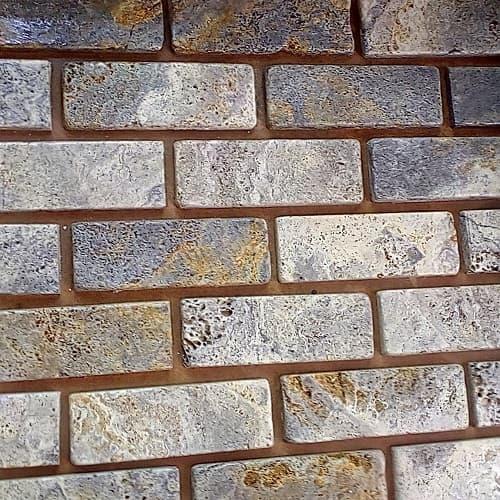
In materials science, we often divide materials into special categories, including:
• Ceramics
• Metals
• Polymers
This classification is based on the types of atoms and the bond between them, and the unique properties and characteristics of ceramics come from the difference in the type of atoms and the bond between them.
Production methods of ceramics
Due to the high melting point of ceramics, a limited number of them are produced by melting and casting. Therefore.
modern industrial ceramics such as those containing alumina are mostly produced by powder metallurgy. Ceramic parts are made by pressing, extrusion or slip casting.


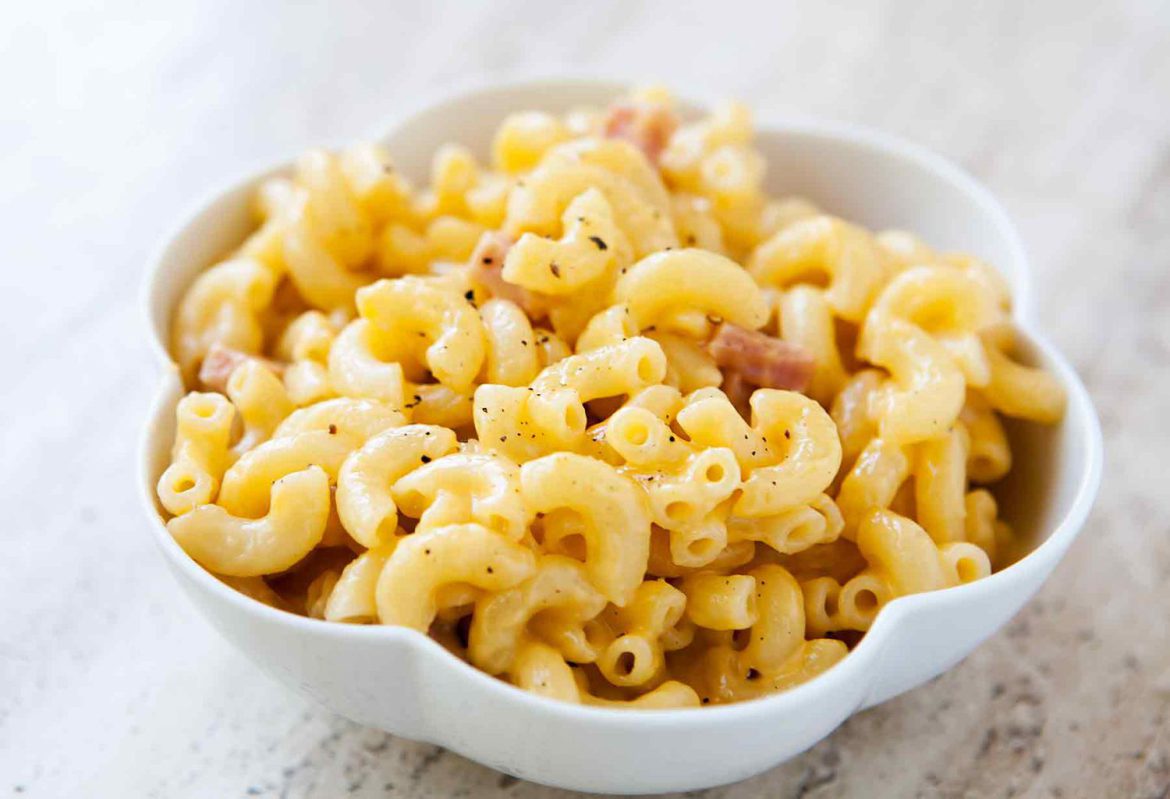
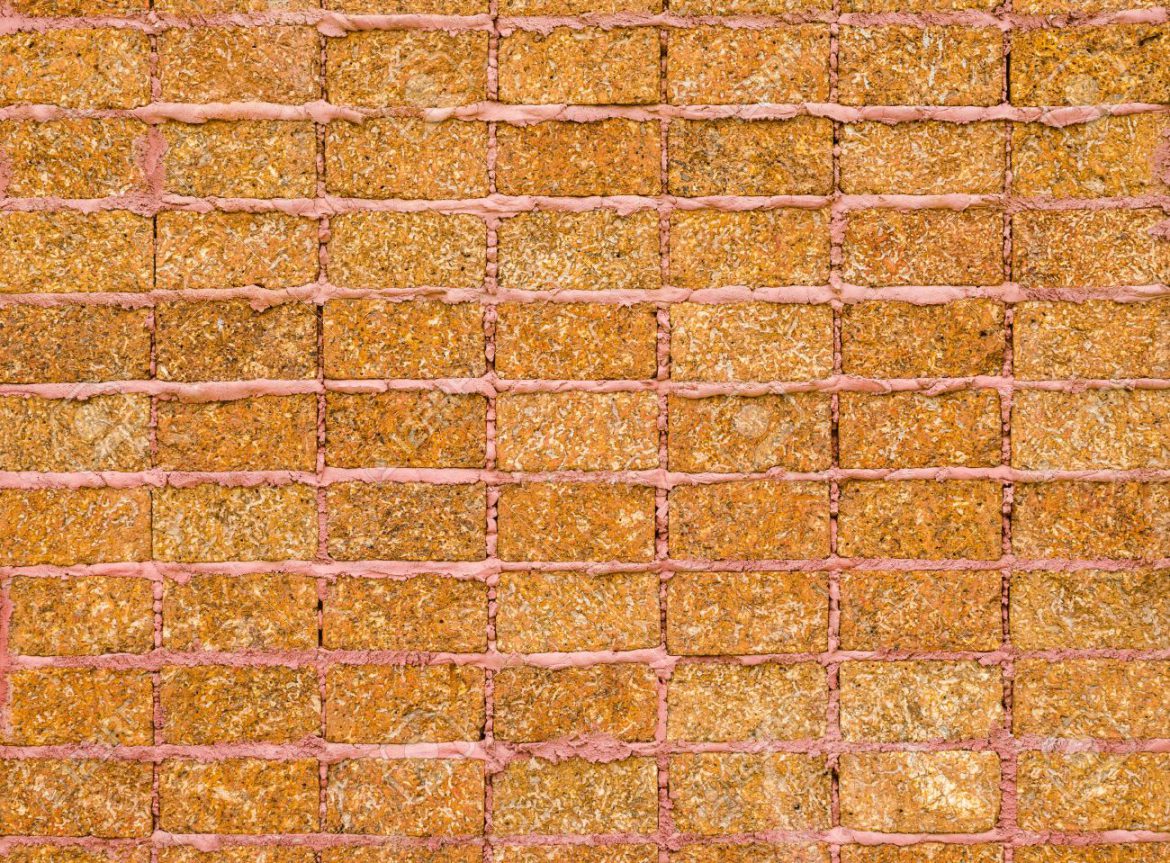
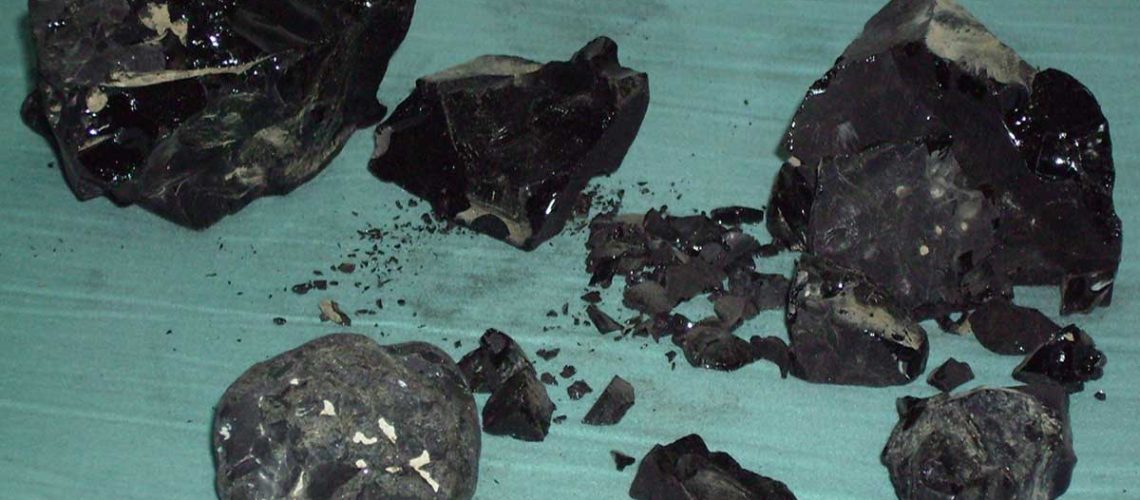
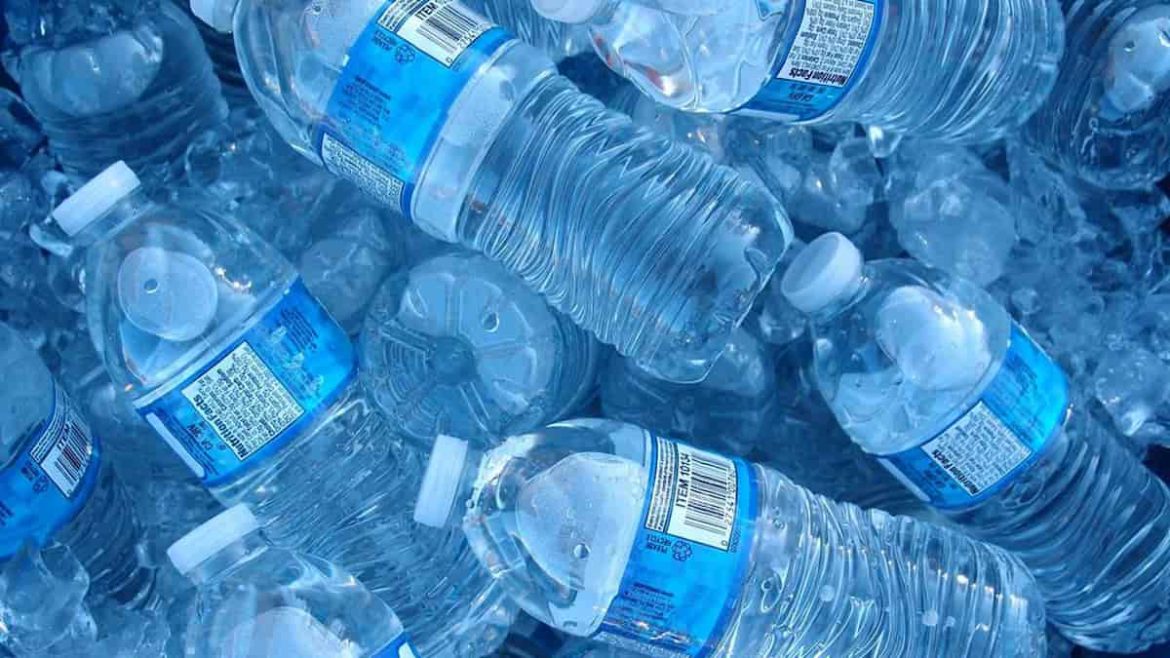





Your comment submitted.